Conservation
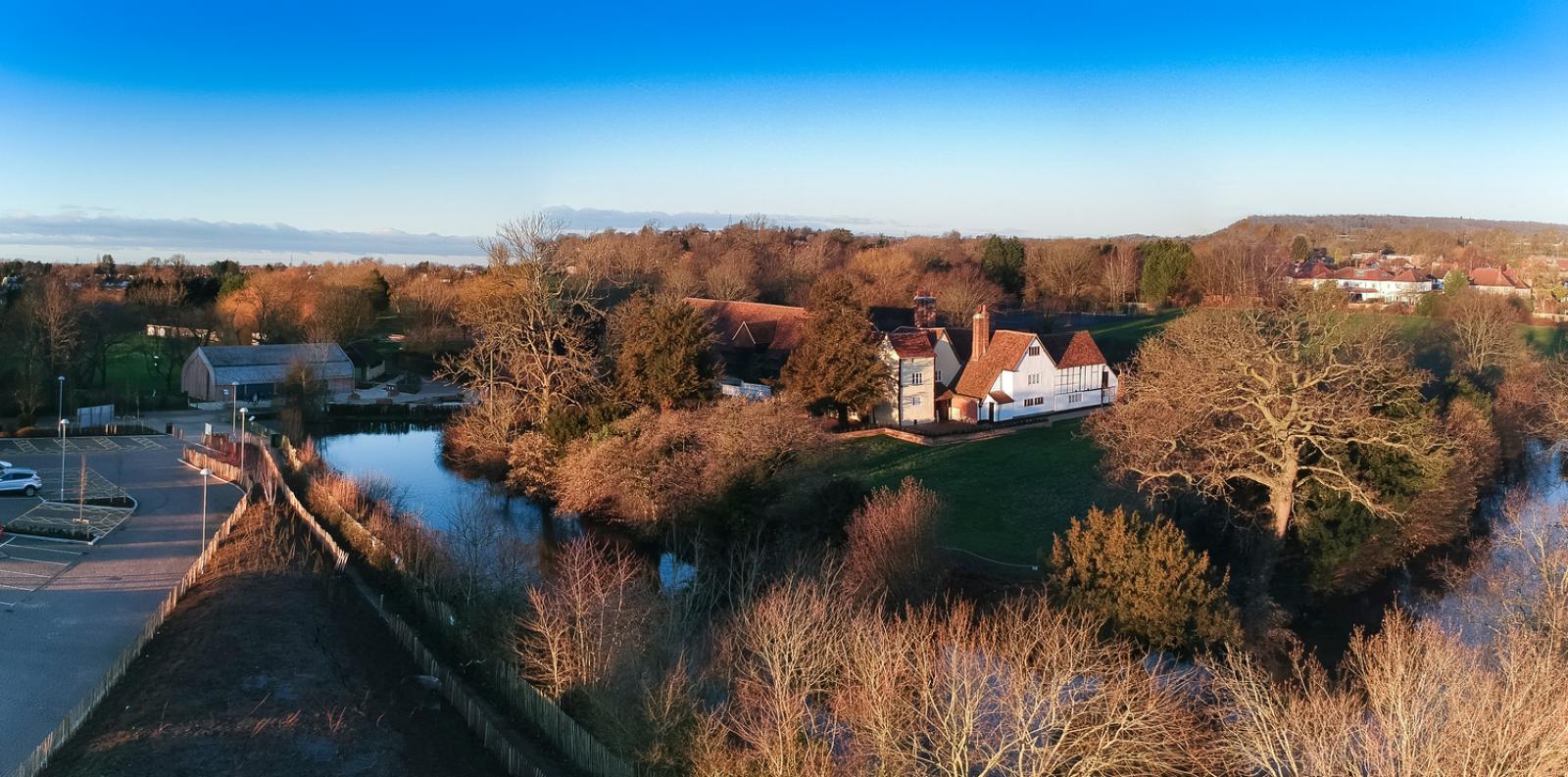
Headstone Manor is a 14th Century moated manor house located in the London borough of Harrow. It is the earliest surviving timber-framed building in Middlesex and has been described as ‘one of the most interesting domestic complexes in the whole country.’
The manor building is Grade I listed and the moated site is a Scheduled Monument. The wider site contains three other listed buildings: the Great Barn (Grade II*), Granary and Small Barn (both Grade II listed). Together, they hold the Harrow Museum.
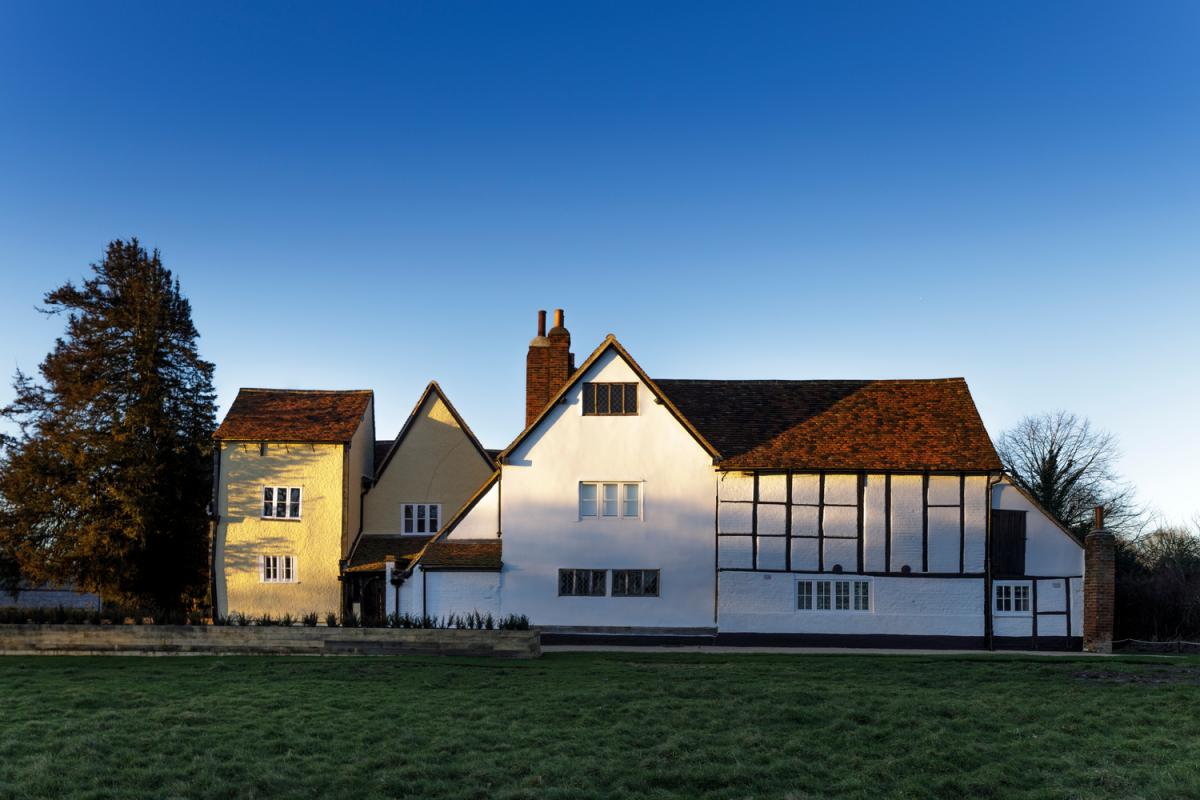
Buttress was initially appointed to carry out a feasibility study to look at options for the development across the site to better use the building and improve facilities for visitors. Subsequently, the practice undertook a condition survey and produced a conservation management plan to provide Headstone Manor with a comprehensive conservation framework.
These documents then fed into the development of a successful application to the National Heritage Lottery Fund. The project has involved the restoration of a number of buildings across the site to improve the museum’s interpretation and visitor offer.
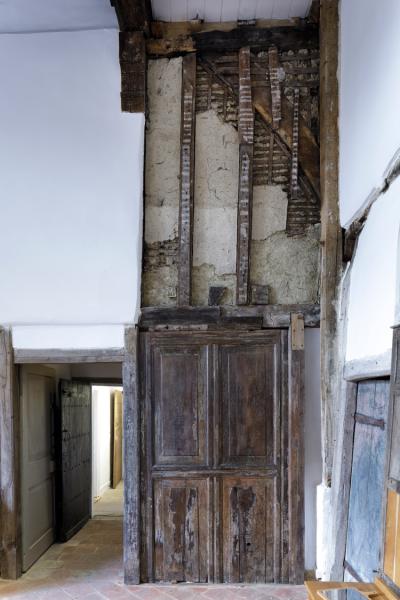
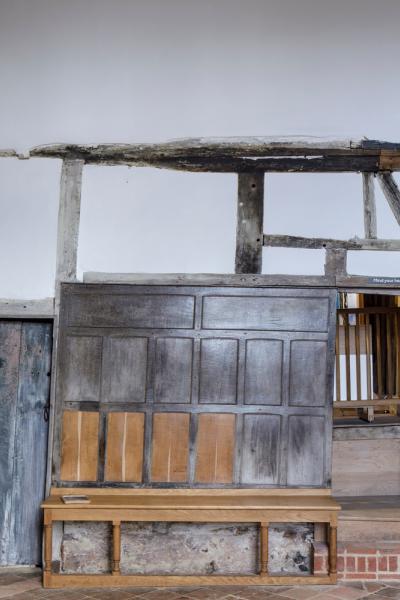
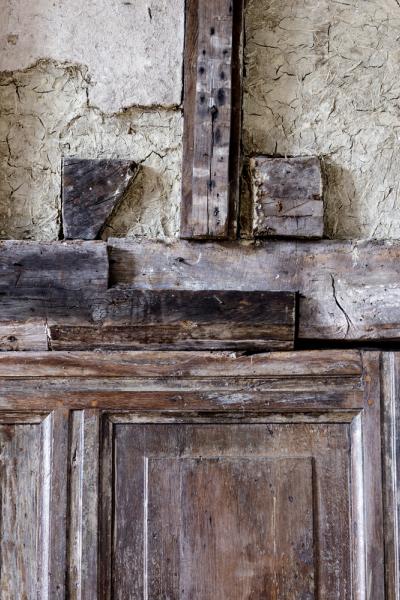
The Manor House
The design intent of the Manor House scheme was to present the building itself as the key exhibit of the Headstone Manor site and for this to be supplemented by a sympathetic interpretation installation. The House is a particularly complex arrangement of alterations and additions from a variety of periods, which only serves to enrich its interpretive value.
Central to the conservation approach was the importance of telling the full story of the building through the retention of its surviving historic fabric.
Where repairs and new elements have been introduced, these have been designed to sit harmoniously alongside the existing elements, whilst also being legible as new. Previous modern and intrusive elements, which obscured the interpretive value or compromised the historical value of the Manor House, have been removed where practical.
A new capillary heating system was also installed in conjunction to improved insulation to control and stabilise the climate of the Manor House and prevent the occurrence of thermal variation and dampness.
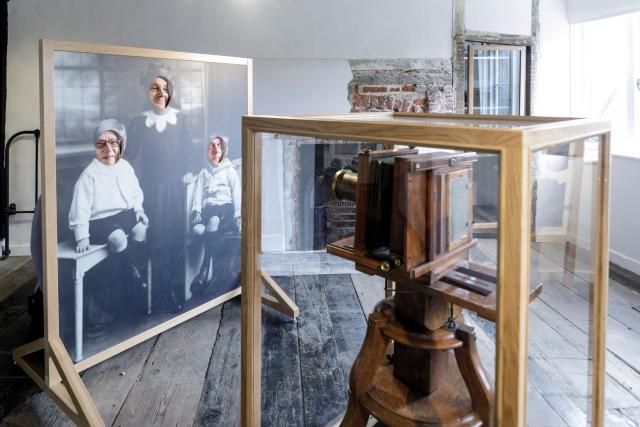

The Small Barn and Granary
The Grade II listed Small Barn has been restored and redeveloped to become the entrance point to the historic site, with museum displays installed inside to introduce visitors to the wider stories of the complex. The Grade II listed Granary has also been restored to provide the education facilities on site.
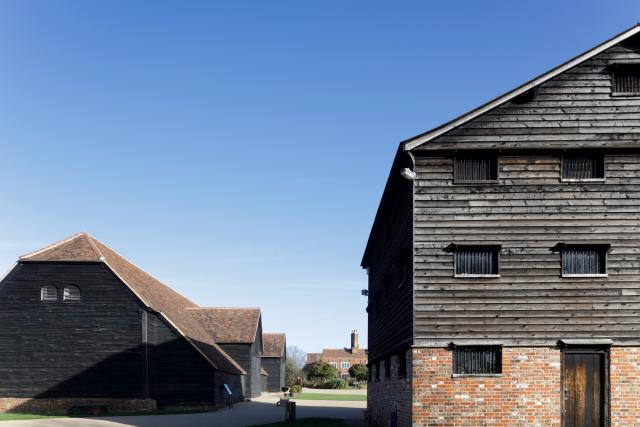

The Great Barn
A key proposal from our visioning exercise was to separate the redevelopment of the Great Barn from the National Heritage Lottery Fund project, and to precede it. This project saw the Grade II* listed Great Barn restored and adapted for use as a commercial events space.
Site-wide district heating
A district heating system was introduced to the site with a ground source heat pump. This was located remotely to the Manor and away from the Scheduled Monument. The design of shared pipework was less intrusive to the significant site and buildings.
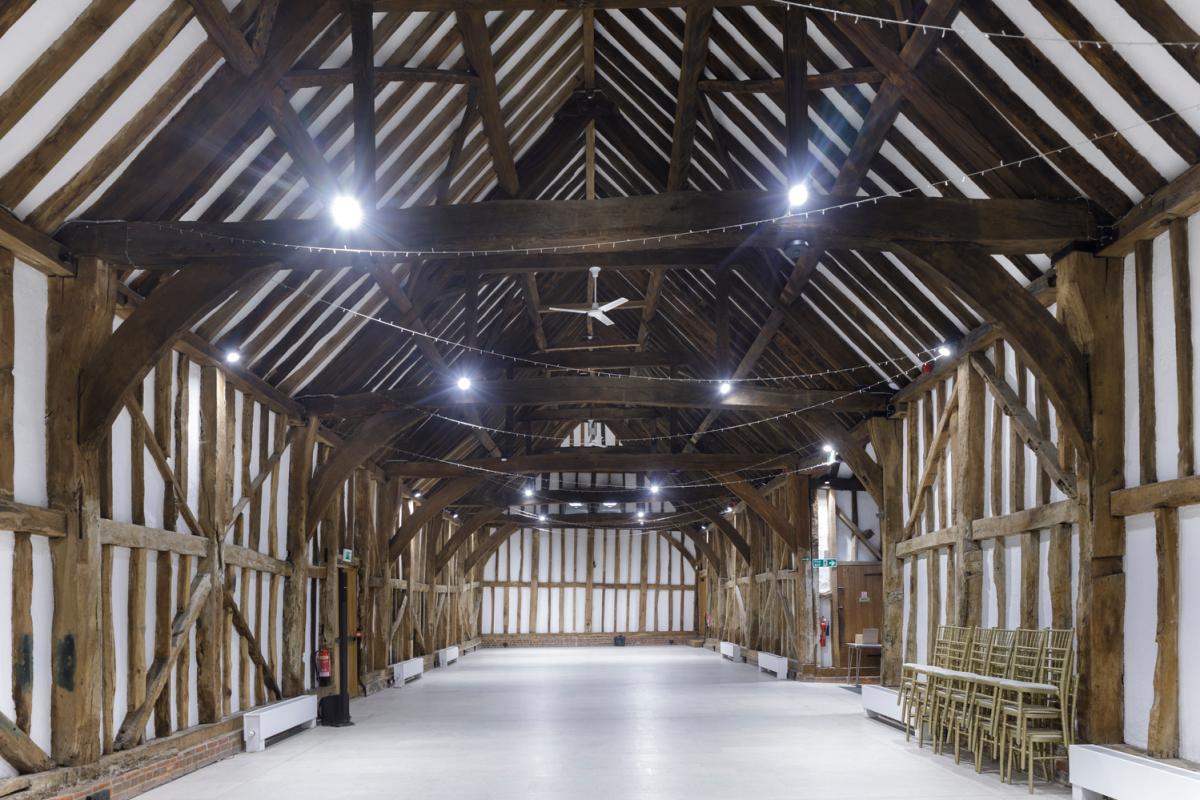
Image credits
© Andy Marshall
Neal Charlton
Neal leads Buttress' arts and culture team, with a focus on the restoration, care and adaptation of historic and listed buildings.
Grant Prescott
Grant is an AABC-accredited conservation architect who specialises in the sensitive restoration and redevelopment of historic and listed buildings.

